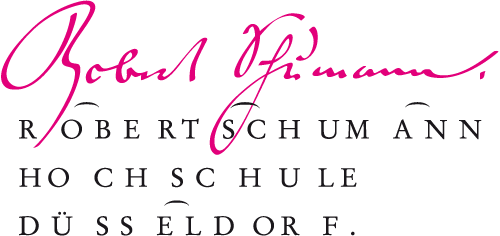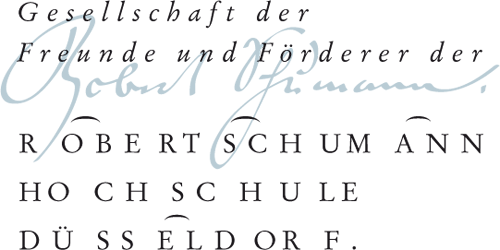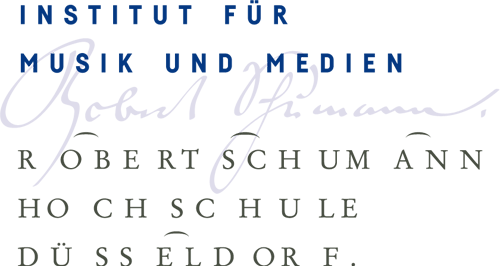Faces
Faces is an audiovisual room installation based on an Android app for smartphones and tablet PCs. When looking through the tablet PC, four virtual faces appear on a painted wooden cube suspended from a chain. The four faces slowly change their expression and make different sounds which are generated in the device by granulating audio samples.
The work investigates the effect emotional expressions of animated faces have on those viewing these faces.
Using face morphing, the faces can assume many different human emotions and expressions and have a disconcerting and sometimes forbidding effect on the beholder due to their size and immaterial quality. The work thus makes reference to the “uncanny valley” effect, a concept from the psychology of expressive behavior, primarily used in the assessment of animated characters and robots.
The uncanny valley is a hypothesis in the field of aesthetics which holds that when features look and move almost, but not exactly, like natural beings, it causes a response of revulsion among some observers. The valley refers to the dip in a graph of the comfort level of beings as subjects move toward a healthy, natural likeness described in a function of a subject's aesthetic acceptability. In fact, as similarity with humans increases, there is a dip in the level of empathy felt because the observer feels a sense of revulsion. While an observer gauges a subject having a sufficiently realistic likeness to humans based on human standards, if the human likeness no longer fulfills these human standards, the unnatural aspect of this behavior triggers a sense of revulsion.
Faces was completed in the 2014/15 winter semester as a final thesis by Audio and Video major Aaron Jablonski as part of the upper-level Visual Music course and was supervised by Prof. Dr. Heike Sperling and Andreas Kolinski.
The work investigates the effect emotional expressions of animated faces have on those viewing these faces.
Using face morphing, the faces can assume many different human emotions and expressions and have a disconcerting and sometimes forbidding effect on the beholder due to their size and immaterial quality. The work thus makes reference to the “uncanny valley” effect, a concept from the psychology of expressive behavior, primarily used in the assessment of animated characters and robots.
The uncanny valley is a hypothesis in the field of aesthetics which holds that when features look and move almost, but not exactly, like natural beings, it causes a response of revulsion among some observers. The valley refers to the dip in a graph of the comfort level of beings as subjects move toward a healthy, natural likeness described in a function of a subject's aesthetic acceptability. In fact, as similarity with humans increases, there is a dip in the level of empathy felt because the observer feels a sense of revulsion. While an observer gauges a subject having a sufficiently realistic likeness to humans based on human standards, if the human likeness no longer fulfills these human standards, the unnatural aspect of this behavior triggers a sense of revulsion.
Faces was completed in the 2014/15 winter semester as a final thesis by Audio and Video major Aaron Jablonski as part of the upper-level Visual Music course and was supervised by Prof. Dr. Heike Sperling and Andreas Kolinski.
back
Robert Schumann Hochschule Düsseldorf Fischerstraße 110, 40476 Düsseldorf
Fon: +49.211.49 18 -0 www.rsh-duesseldorf.de
Fon: +49.211.49 18 -0 www.rsh-duesseldorf.de


